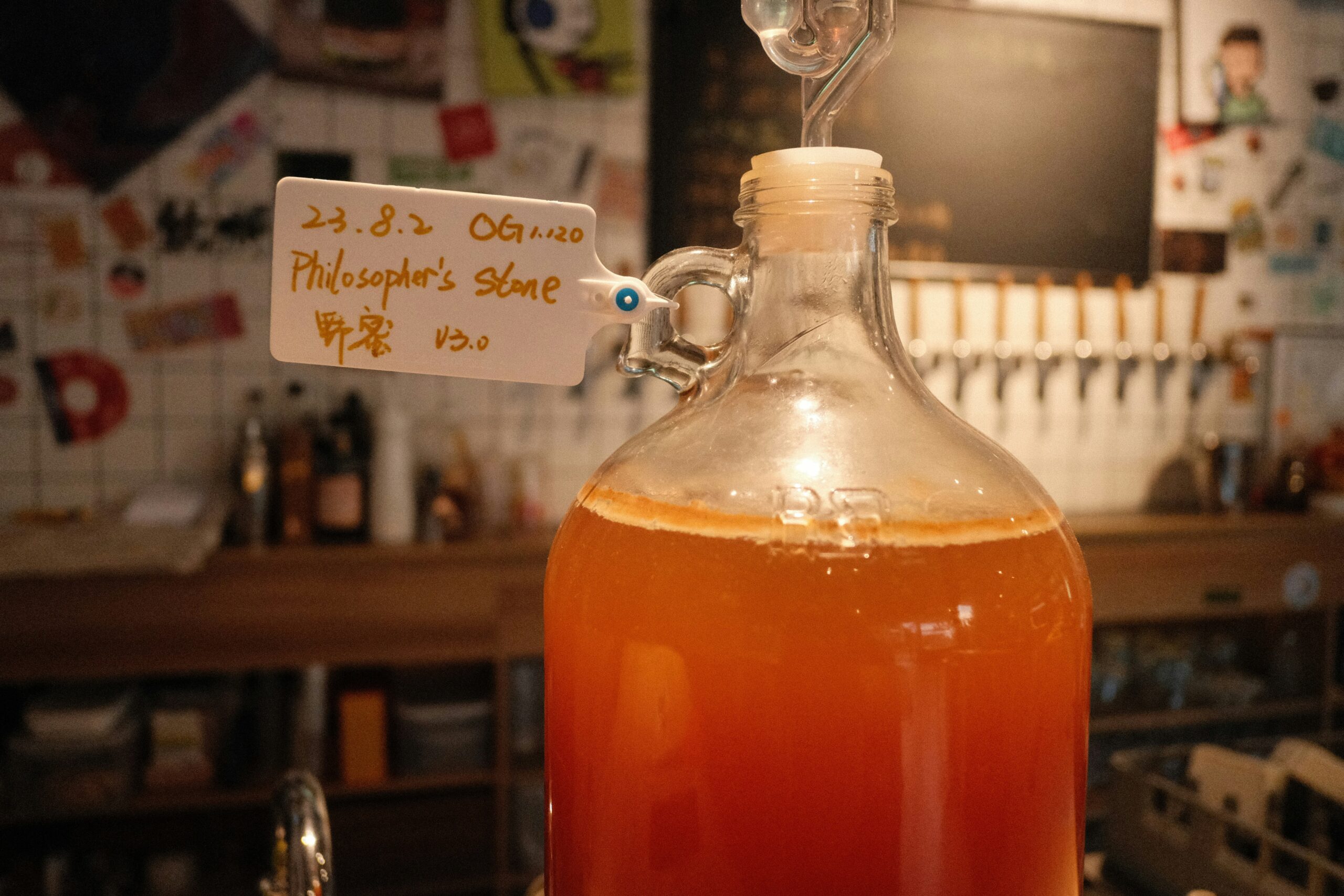Venturing into the realm of making mead combines a mix of age customs and imaginative flair. Mead, an elixir derived from honey that’s sometimes hailed as the “drink of the gods,” promises a journey. Knowing about the carbohydrate levels in mead is crucial for individuals to monitor their consumption. This guide aims to lead fans through the complexities of carbs in mead, providing tips to elevate their brewing escapades.
Understanding Mead
Honey-based mead is a fermented drink made from honey mixed with water and yeast that dates back to ancient times. Unlike beer or wine, which attribute their taste profiles to other ingredients besides honey, such as grains or grapes, honey significantly determines the final product’s flavor and nutritional composition, affecting factors like carbohydrate content.
Carbohydrates in Mead
Mead carbs come from the sugars found in honey. When yeast ferments these sugars while making mead, it produces alcohol and carbon dioxide, but not all sugars are fully converted, which leaves some sugars contributing to the final product’s content. How much sugar remains after fermentation impacts the overall carb count in meads, so knowing this process is essential for anyone looking to watch their carb intake while still enjoying a glass of mead.
Types of Mead and Their Carb Content
There are different types of mead with varying levels of carbohydrates based on how they’re fermented and the type of honey used in the process. For example, dry mead goes through a fermentation period, which means it has residual sugar and fewer carbs overall. On the other hand, sweet meads have sugar left in them after fermentation, which results in higher carb levels. Semi-sweet meads find a middle ground between the two extremes by offering sweetness and carbs.
Factors Influencing Carbohydrate Levels
Various elements affect the amount of carbohydrates found in mead, such as the type of honey used in the process, the fermentation duration, and the yeast strain employed during production.
Extending the fermentation period enables yeast to metabolize sugars, resulting in residual carbohydrate content in the final product.
Tips for Lower-Carb Mead Brewing
For those looking to cut down on carbs, a few approaches can be taken in their mead brews. One method is to go for a drier style of mead through fermentation, which can help reduce the sugar content. Additionally, selecting honey types with sweetness and experimenting with yeast varieties can further reduce the carbohydrates. Another option is to replace some of the honey with sweeteners, though this may slightly impact the taste profile. By these methods, brewers can craft a mead with reduced content.
Balancing Flavor and Nutrition
Crafting mead goes beyond keeping track of levels. It involves striking a delicate balance between taste and nutritional value as well. You can boost the flavor by experimenting with spices, herbs, and fruits without increasing sugar content—the secret lies in creating a mixture that caters to taste buds and dietary needs. By incorporating ingredients such as cinnamon, ginger, or berries, you can enrich the mead’s profile with complexity and depth, providing an experience mindful of carb intake.
Health Considerations and Mead
Enjoying mead can be an experience. However, it’s crucial to think about how its carbohydrate content may impact your health. Understanding its nutritional value is essential to making choices about mead consumption for those with health conditions like diabetes or on a low-carb diet. Opting for semisweet types of mead may be more suitable for such dietary needs.
Conclusion
Delving into the intricacies of carbohydrates in mead enhances the brewing journey by enabling enthusiasts to customize their brews according to their preferences and dietary requirements. With a diverse exploration of styles and brewing methods, enjoyment of the range of flavors in meads while regulating carbohydrate consumption is achievable. This expedition embodies a blend of heritage and creativity and presents opportunities for concocting a one-of-a-kind beverage. Brewers may discover delight in the process as they venture down this route. Crafting meads involves an interplay of flavors and nutrients that offers a journey for those who engage in it.

